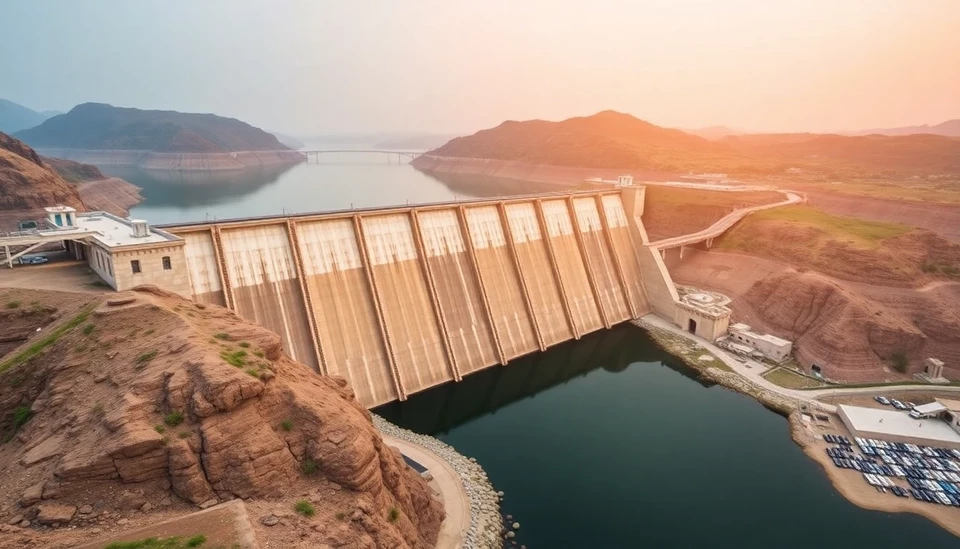
In a significant decision that could reshape the hydroelectric landscape in the region, China has approved the construction of what is projected to be the largest dam in the world along its border with India. This monumental project has raised a multitude of concerns and discussions among environmentalists, geopolitical analysts, and the local populace.
The dam, strategically situated near the contested territories of the India-China border, is expected to have a generating capacity that far exceeds existing infrastructures. This announcement comes amid heightened tensions between the two nations, which have a long-standing rivalry, especially over territorial disputes in the Himalayas.
Chinese officials have hailed the project as a hallmark of progress and innovation, stating that the facility will not only help meet the country's burgeoning energy demands but also support water management and flood control initiatives in the region. The government plans to promote this initiative as a critical stepping stone towards sustainable energy production, insisting it will lessen reliance on fossil fuels and contribute to China's climate objectives.
However, critics have expressed apprehensions regarding the ecological impact this colossal dam may have not only on the local environment but also on water resources shared with India. Environmentalists warn that such an extensive construction project could disrupt local ecosystems, displace communities, and create significant alterations to the hydrology of the region, which is already sensitive due to the changing climate.
Furthermore, there are mounting fears regarding the geopolitical implications of the dam. Analysts suggest that this move signifies an escalation in China's assertiveness in the region, potentially aggravating already existing tensions with India. The two countries have engaged in numerous standoffs along the border in recent years, making the timing of this approval particularly fractious.
Among the local communities, there is a mix of hope and apprehension. While some see economic opportunities stemming from the dam's construction—potentially leading to job creation and improved infrastructure—others express concerns about the displacement of families and the loss of traditional livelihoods rooted in agriculture and pastoralism.
This latest decision by China has re-ignited debates about water security, energy politics, and environmental sustainability. As the global energy discourse evolves, the implications of this dam project will likely ripple beyond the immediate region, affecting international relations and environmental policy discussions on a broader scale.
The approval of this dam exemplifies the profound changes occurring in the geopolitical landscape of Asia, with China's ambitious infrastructure goals positioning it at the forefront of regional development initiatives, but not without raising significant questions about the impact on its neighbors and the environment.
As construction is set to begin soon, all eyes will be on how both China and India respond to the unfolding situation and whether diplomatic dialogues can alleviate some of the tensions that may arise as a result of this major developmental undertaking.
In summary, the approval of the dams on the India-China border poses complex challenges that intertwine environmental, economic, and geopolitical threads, marking a pivotal moment for both nations.
#ChinaDam #IndiaChinaRelations #Geopolitics #HydroelectricPower #EnvironmentalConcerns #SustainableEnergy #InfrastructureDevelopment #AsiaPolitics
Author: Megan Clarke




